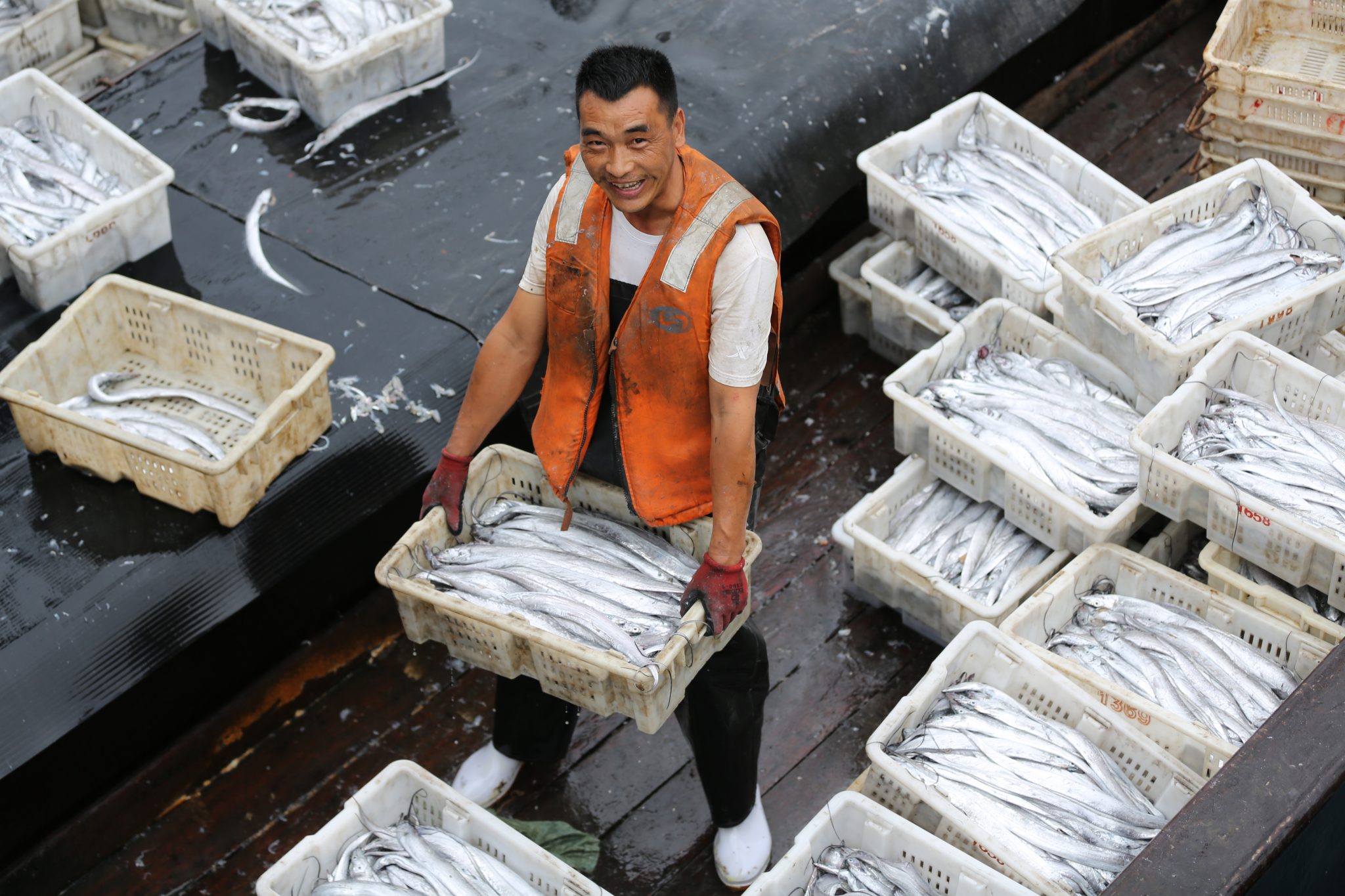The South African Reserve Bank’s (SARB) Prudential Authority has warned the country’s biggest banks that they are at high risk of being used for money laundering and terrorism funding.
The warning comes as South Africa was put on notice that it is at risk of being placed on a global ‘grey list’ of nations that require greater oversight due to shortcomings in tackling illicit crime.
According to the Prudential Authority (PA), South Africa’s banking sector as a whole is at high risk for money laundering, terrorism financing and proliferation financing (funding nuclear or chemical weapons and their components) – however, the largest risk is concentrated at the top, among the five biggest banks.
The country’s biggest banks have the highest concentration of customers – holding 89% of total assets for the banking sector – and thus carry the highest risk. However, it’s not simply a numbers game.
The PA said that the big banks offer a wide range of complex, high-volume products and services and rapid speed of transactions – and these products and services are offered to clients domestically and internationally.
Therefore, the large banks are exposed to all high-risk client types, the PA said. In many cases, the banks do not even know where their clients are from – and the proliferation of digital onboarding and interaction means the source and details of depositors are also largely unknown.
“One of the large banks indicated a total of 8,388 clients with unknown citizenship, which poses a high risk within the sector,” the PA said. “A large bank indicated a total of 1,782 clients with the country of incorporation unknown.
“The subsector is still targeted by criminals as clients use cash extensively and can use non-face-to-face methods such as automated teller machines to deposit cash, while the source of funds and details of depositors are largely unknown.”
In addition, the large banks also have the highest exposure to “persons of influence” and high net-worth individuals, who carry a lot of inherent money laundering and terrorist funding risks due to their more complicated banking habits.
“The large banks are faced with clients with complex company structures, and this could be used to obscure the true beneficial ownership of funds,” the PA said.
“In summary, large banks are widely exposed to a high level of inherent ML/TF risk. This is as a result of their high numbers of clients, substantial exposure to foreign country risk, use of non-face-to-face delivery channels which increases anonymity, very high exposure to cash, and the propensity for the illicit flow of funds,” it said.
Across the entire sector, locally-owned medium and small banks, as well as mutual banks, carried the lowest risk for illicit trade – mainly due to lower exposure to the factors mentioned above. The PA identified foreign-owned banks with branches in South Africa as also carrying high risk.
“Although these branches, for the most part, bank fewer clients and offer fewer to no retail banking services than some local banks, they are exposed to a small number of high-risk clients that conduct cross-border transactions and offer complex, high-risk products,” the PA said.
The common threats identified across the banking sector were:
- Fraud, bribery and corruption;
- illegal investment scams (Ponzi/pyramid);
- environmental crimes;
- tax-related offences or crimes;
- illicit cross-border flows;
- criminals using money mules;
- drug trafficking and human trafficking; and
- cybercrime, including emerging technologies that may be used to commit crimes.
The common vulnerabilities identified across the banking sector were:
- An inability to identify domestic prominent influential persons (DPIPs);
- The inability of banks to obtain beneficial ownership information;
- The misuse of trade products and related services such as advanced payments;
- The identification of cryptocurrencies and exchanges (as client types);
- Non-face-to-face client onboarding and interactions;
- Products that allow large volumes of cash deposits;
- The lack of a single client view across a bank when a client has multiple business relationships or accounts with different business units within the same bank; and
- Data issues, including misalignment, inaccuracies in and integrity of data.
On notice
South Africa was put on notice by the Paris-based Financial Action Task Force in July, after it flagged the country as being at risk of being ‘greylisted’ for scoring poorly in all 11 of the FATF’s effectiveness measures to combat money laundering and the financing of terrorism.
The SARB previously warned that being greylisted could have wide-reaching consequences for South Africa’s financial system. Besides causing reputational damage, it could lead to capital and currency outflows, and transactional, administrative and funding costs for banks could increase, it said.
Standard Bank group chief executive Sim Tshabalala said that the classification would be worse than a credit rating downgrade and risks South Africa being kicked out of the global financial system.
Tshabalala said being flagged by the task force would effectively lead to South Africa being blacklisted by both the United Kingdom and the European Union. Not only would this make borrowing more expensive, it will likely also have several knock-on effects, he said.
“The rand will weaken, inflation will spike, interest rates will go up, it will be more expensive to buy food, pay for petrol, buy homes, buy cars. The country can’t afford it.”
The head of South Africa’s National Treasury said he is “pretty confident” the country will have addressed regulatory weaknesses in its money-laundering controls by year-end.
South Africa will find out in February 2023 whether the FATF will place it on the list.
Read: South Africa aiming to stay off global ‘grey list’













 (Updated 2025)
(Updated 2025)



Discussion about this post